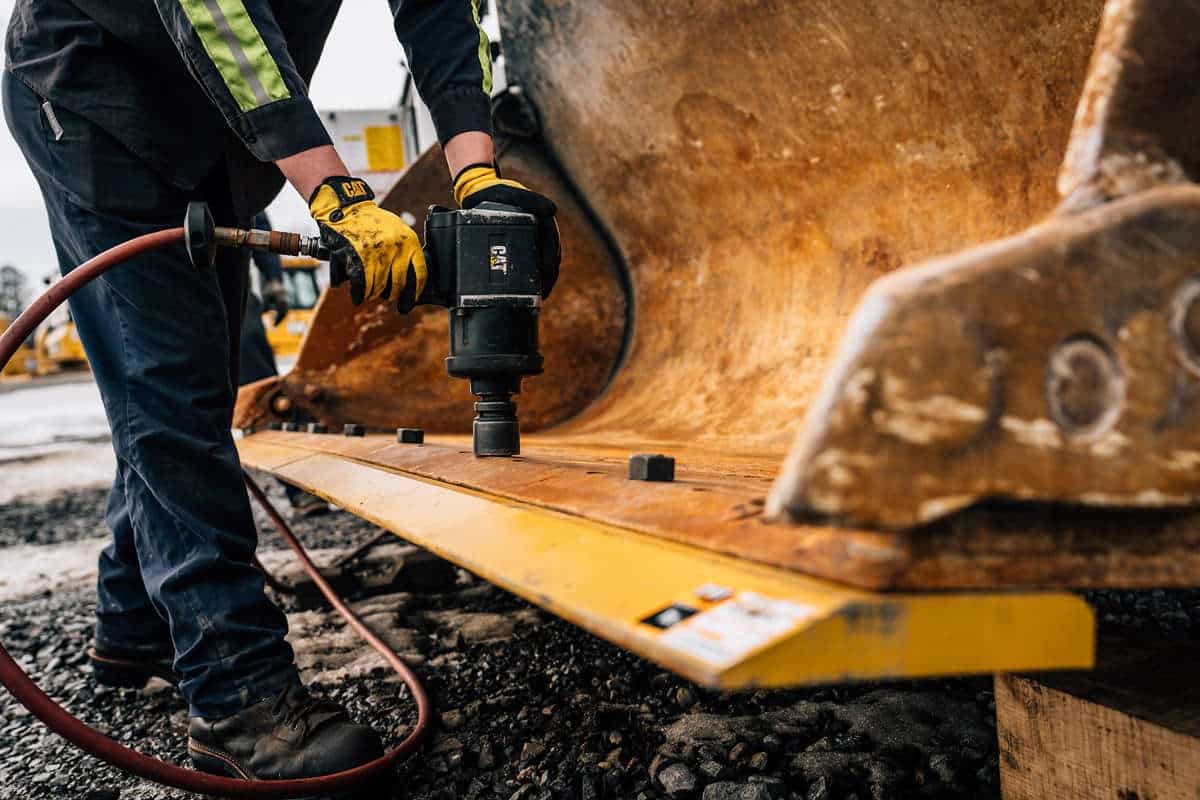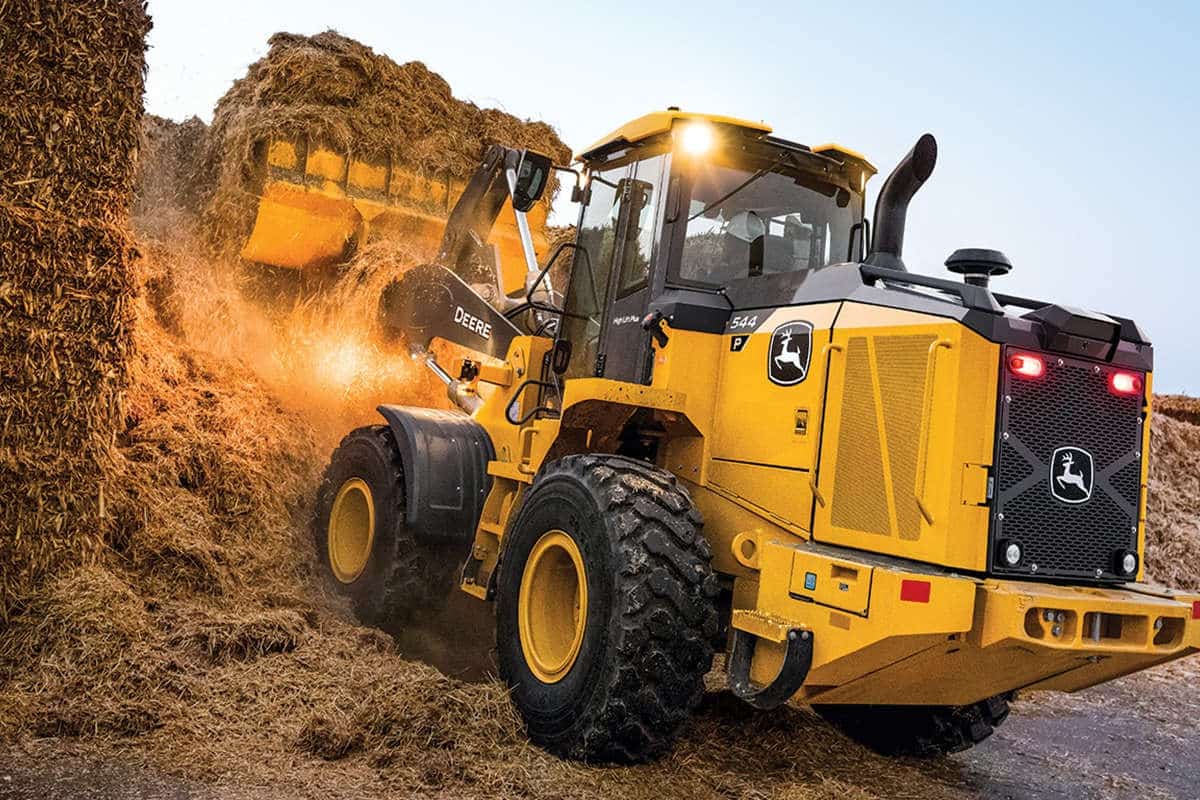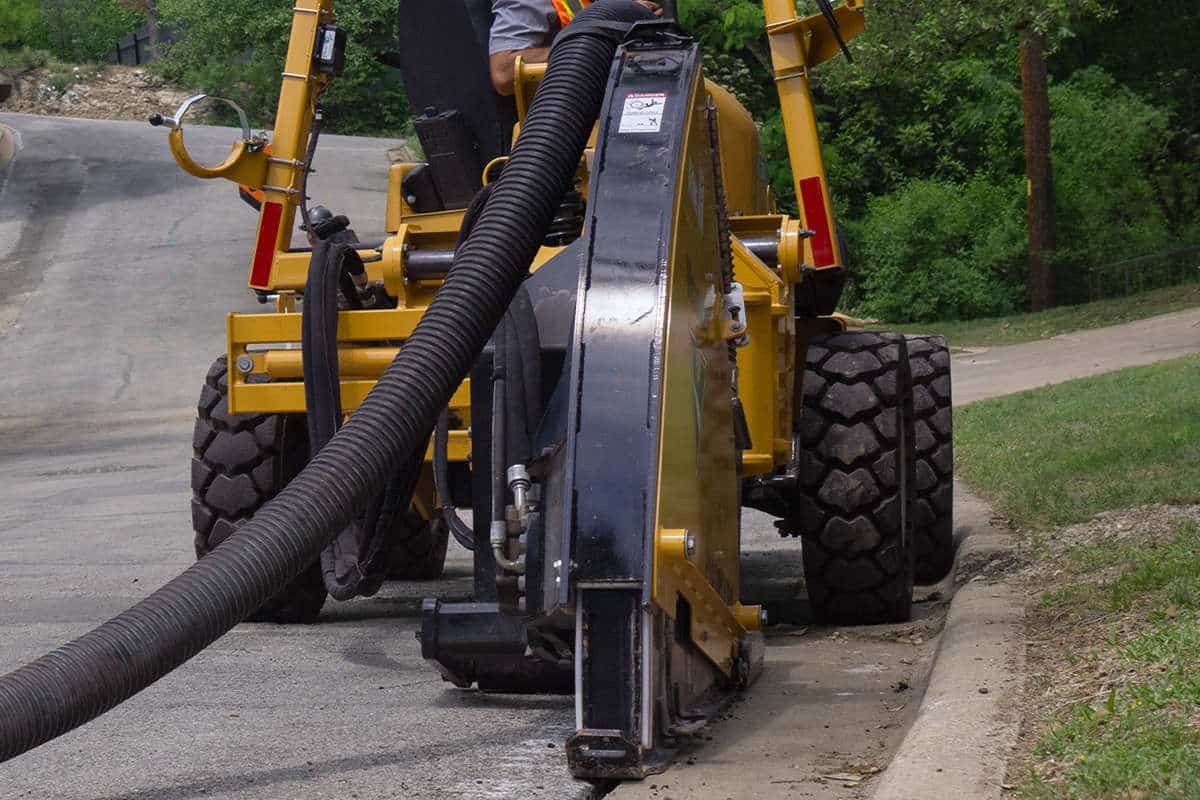Tips to Keep Your Excavator Working at Its Peak Performance Throughout the Busy Work Season

“Today’s equipment owners are looking to capitalize on technologies and best practices that will drive down the total cost of ownership,” Reardon says. “By focusing on the fundamental fleet strategies that most directly influence your assets, you can improve operating efficiencies, extend life cycles and get the most out of your excavator.” He recommends these 10 tips to maximize the life of your machine and keep it running smoothly during the hot summer months — regardless of make or model.
The Right Machine
Select a Machine Correctly for the Application
Whether clearing debris and vegetation, trenching in utilities, heavy digging or performing demolition activities, you need a durable machine and attachments with the capacity to match the type of work you’re routinely performing. For example, specify a wheeled excavator if your jobsite requires traveling primarily on paved surfaces. A wheeled excavator can also easily navigate gravel or blacktop base before it’s paved. Core excavator specifications that should be taken into consideration include:
- Engine horsepower
- Operating weight
- Arm breakout force
- Hydraulic flow
- Maximum digging depth
- Maximum reach at ground level
- Maximum dump height
- Carrier clearance with boom
Properly Partner Capacities to Capabilities
Match the bucket size to the density of jobsite materials and productivity targets. Pairing the right bucket to an excavator will go a long way to improving your productivity.

Determine hydraulic power needs to accommodate your level of attachment use. If you’re primarily using two-way flow attachments, it’s important to make sure a machine has a two-way hydraulic setup to accommodate the demand. Guarding is available for extra cab protection when working in certain applications such as demolition and forestry.
The Right Maintenance
Follow Routine Maintenance Schedules
First and foremost, it’s important for equipment owners and operators to closely follow the maintenance interval schedule provided by the manufacturer in the operation and maintenance manual. This will help to minimize excavator downtime.
As a general guideline, it’s a good idea to clean the machine on a regular basis, especially when performing service or maintenance procedures. Before performing any maintenance, always follow the manufacturer’s recommended setup. Perform daily lubrication duties in addition to other key maintenance intervals recommended by manufacturers. High-temperature grease is available for extreme summer temperatures.
A daily checklist of fluid levels may include:
- Engine oil
- Hydraulic oil (check for leaks)
- Fuel: Fill fuel tank at end of each work day; check for leaks in fuel system
- Cooling system
- Window washer fluid
Utilizing telematics (machine-to-machine communication) with a fleet management system designed to help track maintenance intervals, as well as checking engine codes, can help improve maintenance by reducing guesswork. Daily maintenance should also include visual inspections of tracks (crawler excavators) or tires (wheeled excavators), attachments and machine structures for any damage.

Extremely dirty and dusty applications may require more frequent air and cab filter cleaning and use of engine pre-cleaners. An air cleaner clogged warning light symbol will alert operators when the air filter needs to be replaced or cleaned, but it’s a good idea to be proactive to avoid receiving the warning. Make sure the cooling system is in proper working condition with no damage, has the proper coolant level and is kept clean. A dirty cooling group can decrease the performance of the excavator. To keep operators working comfortably, regularly check the excavator’s air conditioning system.
An excavator’s attachments such as buckets, hydraulic breakers and clamps are some of the most popular and hardest-working tools and deserve the same attention as the machine itself. Component checks should include hoses, boom and arm cylinders, as well as wear plates, bolted-on cutting edges/teeth and quick-couplers to make certain they fit snugly and properly. Make sure the attachments are greased according to the manufacturer’s maintenance schedule for optimum performance.
Limit Excessive Machine Travel or Idling Time
By selecting the proper power mode for a particular task, operators can improve fuel efficiency. Likewise, reducing the amount of idling that can occur during loading and unloading operations by maximizing utilization is a good practice to increase profitability. Telematics can help fleet managers monitor excavator idle time and help to make recommendations to operators when they should shut off the machine instead of idling.
The Right Operation
Provide Training for Safe and Proper Operation of Equipment
Having a solid understanding of all the various functions of an excavator not only increases productivity, but it can help prevent accidents. At the same time, by providing hands-on training, operators can learn an excavator’s controls faster and distinguish which features will produce better results in certain applications. Operators should inspect the seatbelt daily for proper operation.
Avoid Excessive Power
Operators with an understanding of a machine’s various optimum power modes know they should avoid improper power mode use; rather, they should set up the machine to deliver power that is adequate for their operation. Likewise, operators who maximize productivity put themselves in a position to protect engine systems and structural components from stress.
Establish Machine Limits
Operators who are trained on the proper operation of an excavator develop a better understanding of a machine’s limits and the consequences for activities that push machines beyond rated capacities. For example, operators should lift only within rated tipping loads. Operators should always lift squarely over the side or over the end of the machine. If equipped, they should select the lifting mode on the excavator before using the machine for lifting work.
Strive for Optimum Sight Lines
Many manufacturers have addressed compromised sight lines to increase visibility. In addition to reducing component obstructions, the cab designs of some manufacturers’ excavators provide windows that offer 360-degree visibility. Being able to see a machine’s tracks, the bucket’s sides and its many other attachments when digging is critical to an operator.
Maximizing an excavator’s life from the moment you purchase it can pay big dividends through increased productivity, the reduction of maintenance surprises and safer, more efficient operation. When a highly productive life cycle is achieved in tandem with a lower total cost of ownership, it’s a win-win for you and your customers.
Debbie McClung is a Public Relations Specialist for Two Rivers Marketing, based in Des Moines, Iowa.




